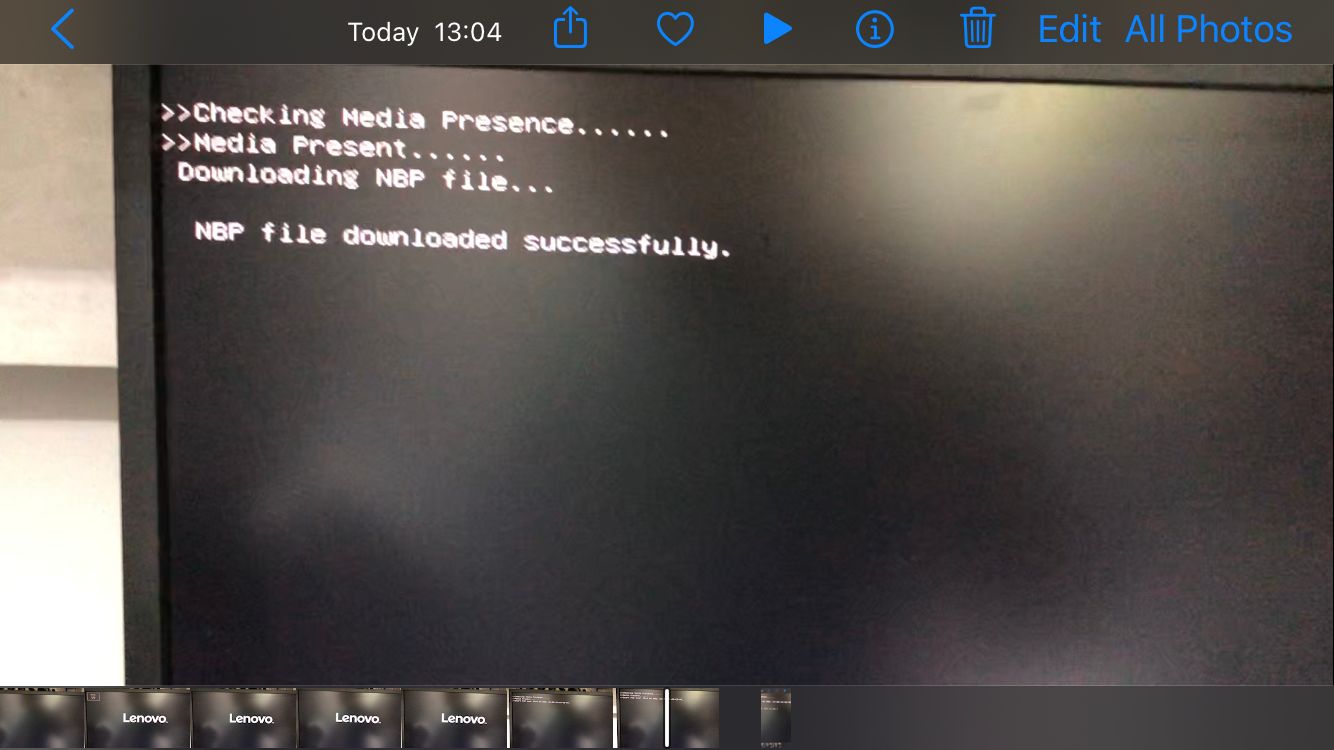@george1421
# Don't function as a DNS server:
port=0
# Log lots of extra information about DHCP transactions.
log-dhcp
# Dnsmasq can also function as a TFTP server. You may uninstall
# tftpd-hpa if you like, and uncomment the next line:
# enable-tftp
# Set the root directory for files available via FTP.
tftp-root=/tftpboot
# The boot filename, Server name, Server Ip Address
dhcp-boot=ipxe.efi,,X.X.X.X
# dhcp-boot=undionly.kpxe,,X.X.X.X
# rootpath option, for NFS
#dhcp-option=17,/images
# kill multicast
#dhcp-option=vendor:PXEClient,6,2b
# Disable re-use of the DHCP servername and filename fields as extra
# option space. That's to avoid confusing some old or broken DHCP clients.
dhcp-no-override
# inspect the vendor class string and match the text to set the tag
dhcp-vendorclass=BIOS,PXEClient:Arch:00000
dhcp-vendorclass=UEFI32,PXEClient:Arch:00006
dhcp-vendorclass=UEFI,PXEClient:Arch:00007
dhcp-vendorclass=UEFI64,PXEClient:Arch:00009
# Set the boot file name based on the matching tag from the vendor class (above)
dhcp-boot=net:UEFI32,i386-efi/ipxe.efi,,X.X.X.X
dhcp-boot=net:UEFI,ipxe.efi,,X.X.X.X
dhcp-boot=net:UEFI64,ipxe.efi,,X.X.X.X
# PXE menu. The first part is the text displayed to the user. The second is the timeout, in seconds.
pxe-prompt="Press F8 for boot menu", 3
# The known types are x86PC, PC98, IA64_EFI, Alpha, Arc_x86,
# Intel_Lean_Client, IA32_EFI, BC_EFI, Xscale_EFI and X86-64_EFI
# This option is first and will be the default if there is no input from the user.
pxe-service=X86PC, "Boot from network", undionly
pxe-service=X86-64_EFI, "Boot to FOG UEFI", ipxe.efi
pxe-service=BC_EFI, "Boot to FOG UEFI PXE-BC", ipxe.efi
# A boot service type of 0 is special, and will abort the
# net boot procedure and continue booting from local media.
#pxe-service=X86PC, "Boot from local hard disk", 0
# If an integer boot service type, rather than a basename is given, then the
# PXE client will search for a suitable boot service for that type on the
# network. This search may be done by multicast or broadcast, or direct to a
# server if its IP address is provided.
# pxe-service=x86PC, "Install windows from RIS server", 1
# This range(s) is for the public interface, where dnsmasq functions
# as a proxy DHCP server providing boot information but no IP leases.
# Any ip in the subnet will do, so you may just put your server NIC ip here.
# Since dnsmasq is not providing true DHCP services, you do not want it
# handing out IP addresses. Just put your servers IP address for the interface
# that is connected to the network on which the FOG clients exist.
# If this setting is incorrect, the dnsmasq may not start, rendering
# your proxyDHCP ineffective.
dhcp-range=X.X.X.X,proxy
# dhcp-range=X.X.X.X,proxy
# This range(s) is for the private network on 2-NIC servers,
# where dnsmasq functions as a normal DHCP server, providing IP leases.
# dhcp-range=192.168.0.20,192.168.0.250,8h
# For static client IPs, and only for the private subnets,
# you may put entries like this:
# dhcp-host=00:20:e0:3b:13:af,10.160.31.111,client111,infinite
X.X.X.X stands for my FOG’s server IP

